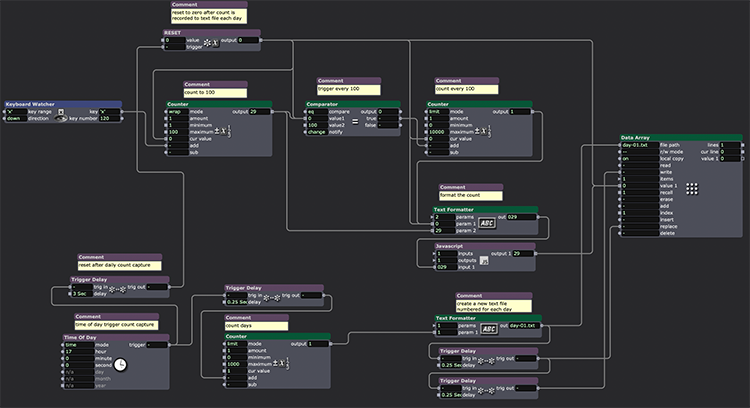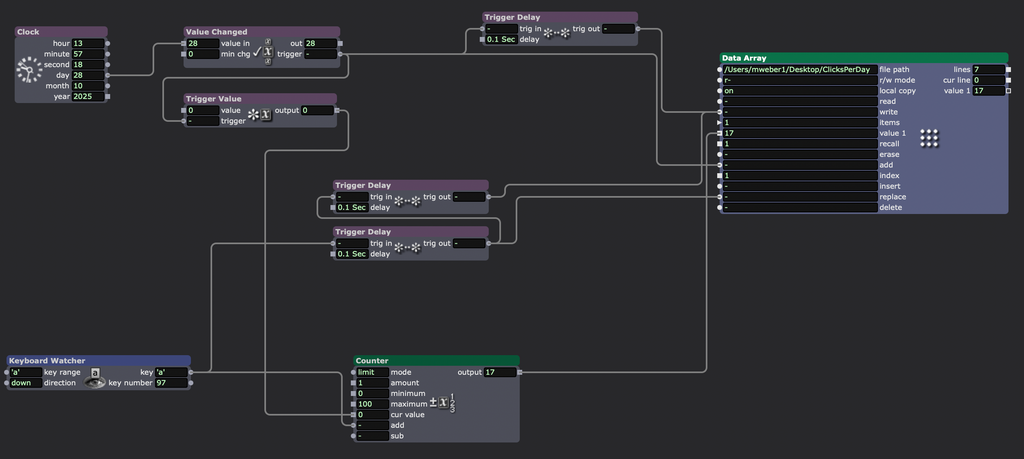Short update: I've updated drivers and now get sound output through Isadora from my Focusrite even when Native drivers, and the Focusrite(not found) are selected.
Maybe also the other issues are solved with the driver update, but still not sure to risk another painful fail. So any comments are welcome.
Re: [Multichannel Audio Interfaces under Windows for Theater Productions: Which One?](/topic/6237/multichannel-audio-interfaces-under-windows-for-theater-productions-which-one)
I saw the old post but since several years went by in the meantime I've decided to relaunch the query.
Last week my Focusrite Scarlett 8i6 (I blame it but can't say for sure it was its fault) failed twice during perfomances. Once running ableton on W11 and once on Isadora 4 on a W10 machine.
Now I'm a bit scared and I'm looking for alternatives. I saw the MOTU 4 is generally regarded as very robust, but then in the old post referenced at the beginning, @Fred mentioned that he had issues with it and would rather go for RME (which today is about three times more expensive).
I've had a look at the RME Babyface Pro FS, but it seems to have 4 analogue inputs (2XLR + 2 JACK) and 2 XLR Outputs, whereas I would like to have at least 2 inputs and 4 outputs.
Any suggestions? Reliability is probably the most important thing I'm looking for (more than sound quality itself).
I use the inputs just for MICS, at least for now.
A BIT MORE INFO ON WHAT HAPPENED IN THE ISADORA CASE:
The sound suddenly started crackling, so I slowly turned down the volume on the focusrite, muted the sound desk, switched it off, and turned it on again after some seconds. ISADORA did not recognise it again, even after restarting isadora. It saw it, but was listing it twice (once as "not found"). Regardless which one I selected, it turned to "not found" a few seconds later. Finally I went with the output of my laptop and could go on. MY FAULT... I just didn't notice that ISADORA switched back to NATIVE, when I turned off the Focusrite. Possibly if it had not been listed as an "available" card, I had noticed. Not sure if ISADORA could handle this in a better way. Now, after setting the drivers to ASIO again, instead of Native, the Focusrite works fine again. But I don't fully trust it.
Hi Michel, do you think it would be possible to grow this patch to datestamp each of the entries on the external file?
@michel said:
This would be my approach: define the path to a file that will be automatically generated when a write operation is triggered. If the day changes, the counter will reset to zero and a new line will be added to the top of the text file.
I recommend this method as well. I've used it for many different things in the past.
I suggest a similar approach as @Michel. I looked at creating a daily text file using a time of day to capture the current count and then resetting to zero after recording the count at a specified hour - recording to the Data Array actor. have a look if useful
Michel's approach of capturing sequentially to a single text file is perhaps a bit more efficient - I am not sure why I wanted to create separate text files for each day!

This would be my approach: define the path to a file that will be automatically generated when a write operation is triggered. If the day changes, the counter will reset to zero and a new line will be added to the top of the text file.
If the file is saved in a folder that is synced with a cloud service you can read it from anywhere.

Best Michel
Hopefully the previous steps assist in getting you a successful request from metalpriceapi.com?
What do you mean by the notification process?